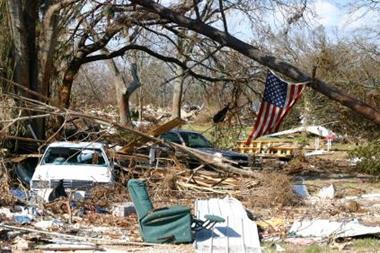New issues activity signals revival in catastrophe bond sector
There has recently been an upswing in activity in the catastrophe bond or cat bond market. John Weber of AM Best interviews David Sandham, Editor of Global Reinsurance. Click the link above to watch the video.
The first four cat bond new issues of 2009 are expected to total almost three quarters of a billion dollars. To put that in context, in 2007, a record $7bn of cat bonds were issued. But last year, there were only $2.7bn of new issues, which was all achieved in the first half of year. In the second half of last year, the market for new issues was closed.
Predictions for 2009 are much less than 2008’s record figure. But the four new cat bonds at the start of this year do mean that certain problems have been sorted out and that new issues have come on stream again.
One problem was that a number of troubled hedge fund investors liquidated their cat bond positions in the secondary market, which pushed prices down. These investors were troubled by the general financial crisis, not by cat bonds. Indeed, for many who sold off their cat bonds, these were some of the best-performing assets in their portfolios. But now these secondary market sales have lessened, and the market appears to be dominated now by specialised investors who have a long term commitment to the sector.
A second problem was the bankruptcy of Lehman Brothers last September, which exposed four cat bonds on which Lehman was Total Return Swap counterparty. However, only four cat bonds have been directly affected by the Lehman bankruptcy – about 5% of the total market.
As a result, much stricter rules have been brought in saying how the money raised by a cat bond can be invested. The investments made must now be much safer, and the sponsors of the bonds are willing to pay the slight extra amount needed to ensure that the bonds still deliver a good return to investors.
Cat bonds have outperformed both equity and comparable bond markets, and offer a useful way for investors to diversify by accepting exposure to natural catastrophe risk. For the reinsurance market, they offer a useful additional source of capacity, though no one is pretending they they will replace traditional reinsurance.
The cat bond market would be improved by a greater diversity both of investors and issuers, and this may well happen over the next few years.
Hosted by comedian and actor Tom Allen, 34 Gold, 23 Silver and 22 Bronze awards were handed out across an amazing 34 categories recognising brilliance and innovation right across the breadth of UK general insurance.












































